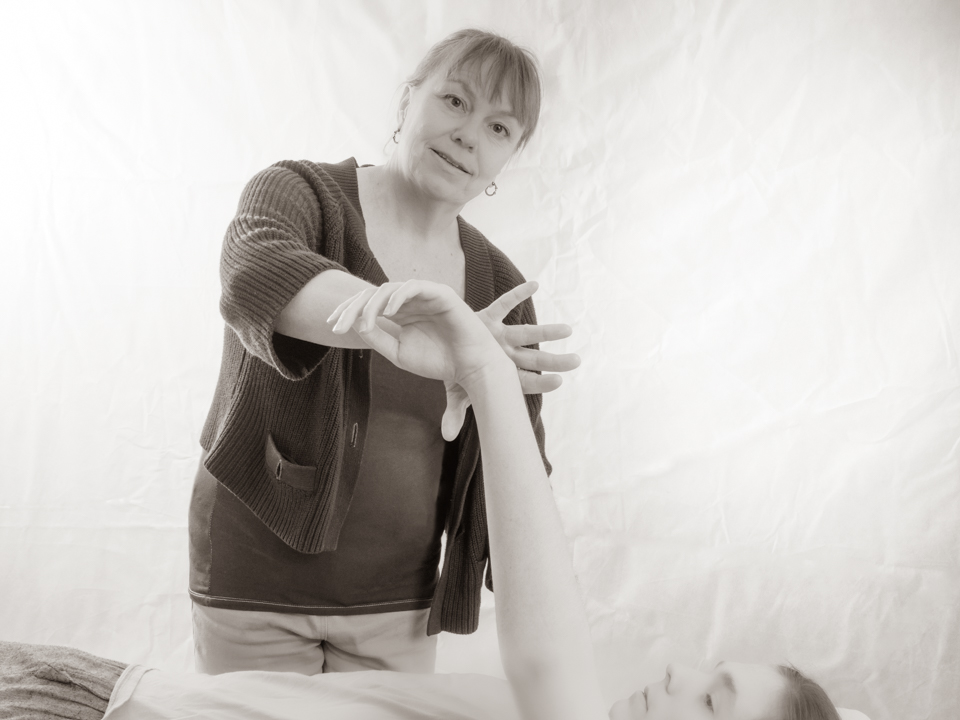
Kinesiology is used as a therapy tool for physical, nutritional, emotional and spiritual issues.
The magic in Kinesiology lies in the way it communicates directly with your body about its needs. The Kinesiologist depends on your body’s bio-feedback, which they get by manual muscle testing. The balancing involves different techniques for each individual and each session, so two sessions are never alike. Kinesiology is a non-invasive and unique treatment. The treatment is done with you fully clothed either sitting or laying on the treatment couch.
What to expect in a Kinesiology session
The session starts with a chat about what you want to achieve. (Even with this great tool, we cannot work with everything at once). I will ask you to set a goal to achieve and help you to formulate it. Examples of this could be: “I run with joy and ease” for someone suffering sore Achilles tendons stopping them exercising; “I stay calm and centred when I am facing an angry customer” for someone struggling with the demands of their customer service job. The goal can be physical, emotional, mental or spiritual in its nature. You decide, it is your session!
I might suggest changes to your lifestyle or nutrition or give you some exercises. Kinesiology is co-operation between the therapist and the client, so there will always be a way of doing something about the situation you come with.
Holistic Kinesiology leans heavily on Applied Kinesiology, developed by American Chiropractors in the 1960s. It uses meridians and acupoints known from the traditional Chinese Medicine, Nadi-chakra system as well as western knowledge of anatomy and physiology. The aim is always the same; achieve balance in both body and mind – and feel more like yourself!
How many kinesiology sessions should I have?
This is up to you. I recommend that you have at least three to give it a fair chance. Many of my clients come with an issue, go home, work further with it and then come back to get help with their next step. Some others need Kinesiology for a single issue and might come a few times just to address that. I can make a recommendation from a therapist’s point of view, but the decision about what to do is always yours.
Read more on Kinesiology Federation website.


